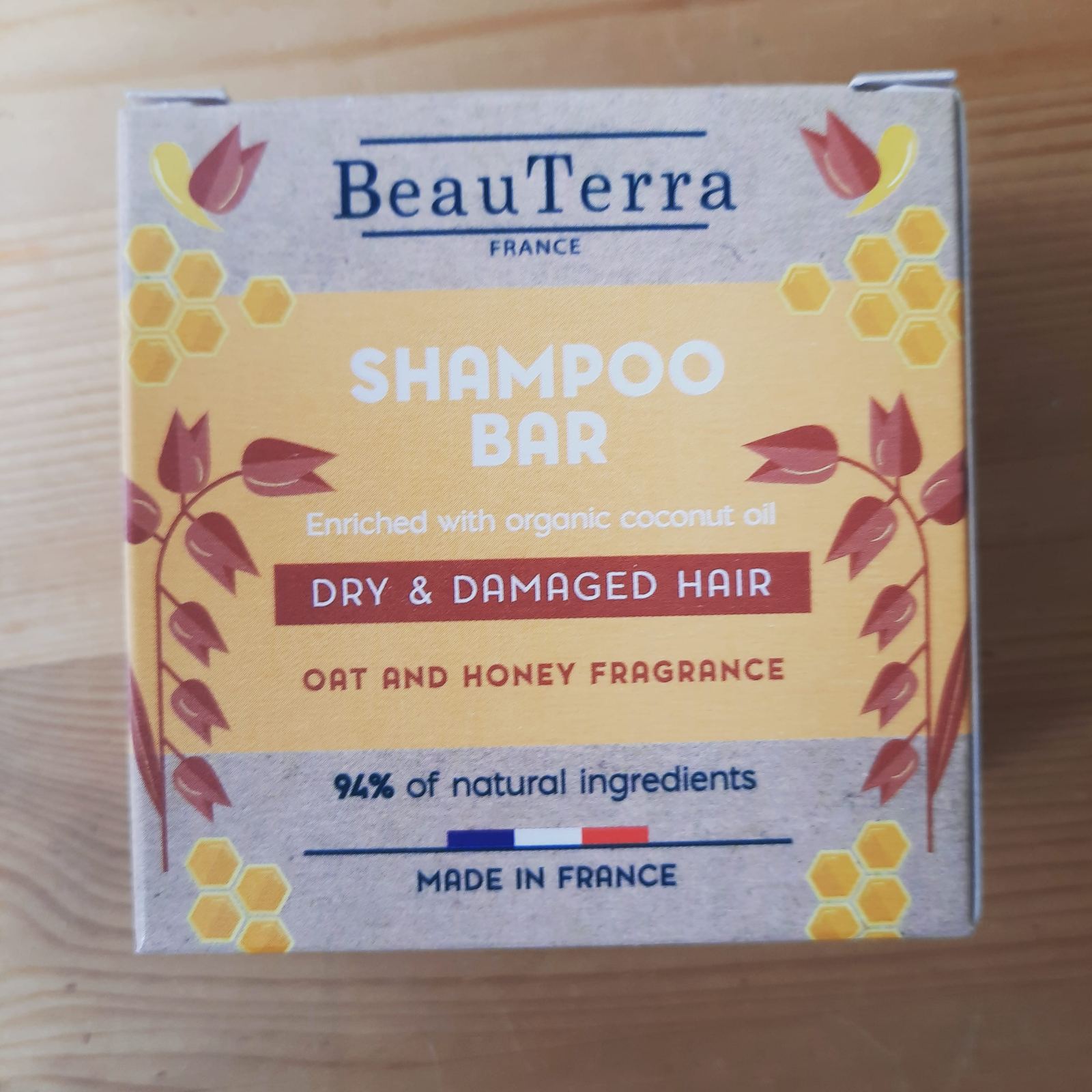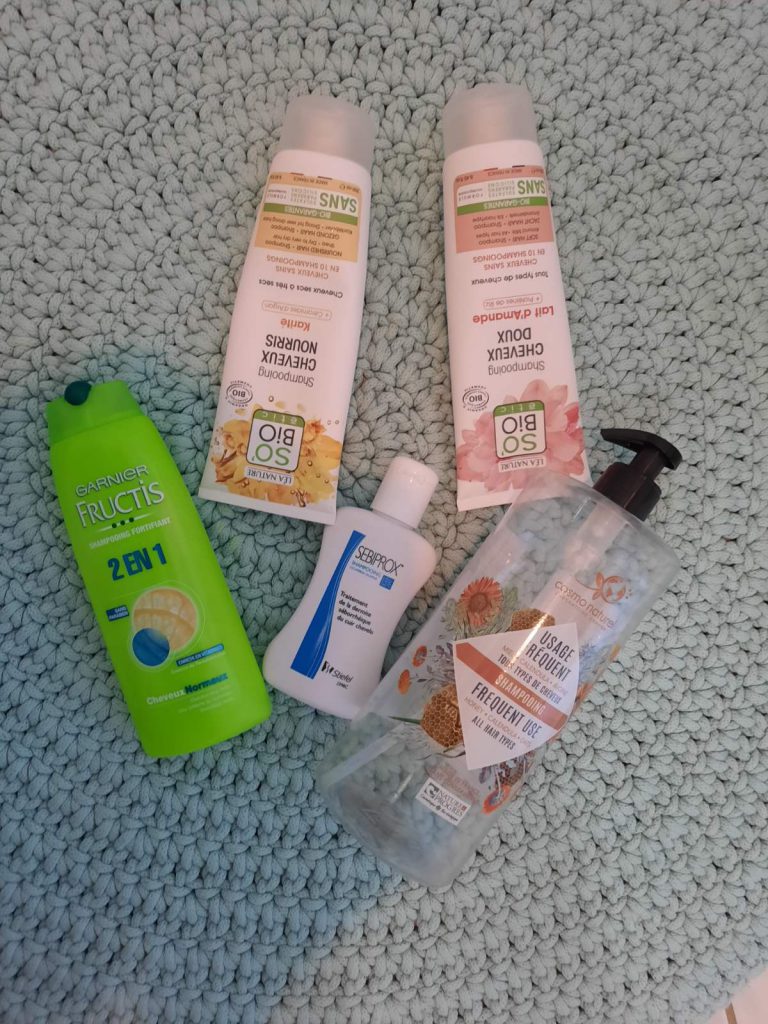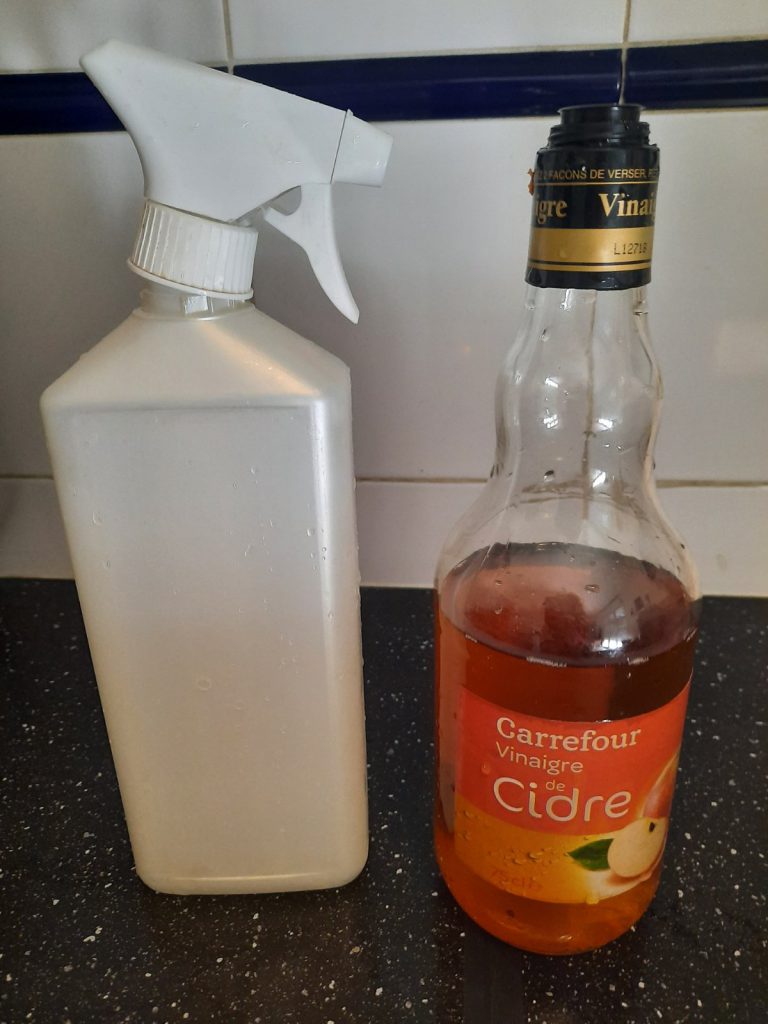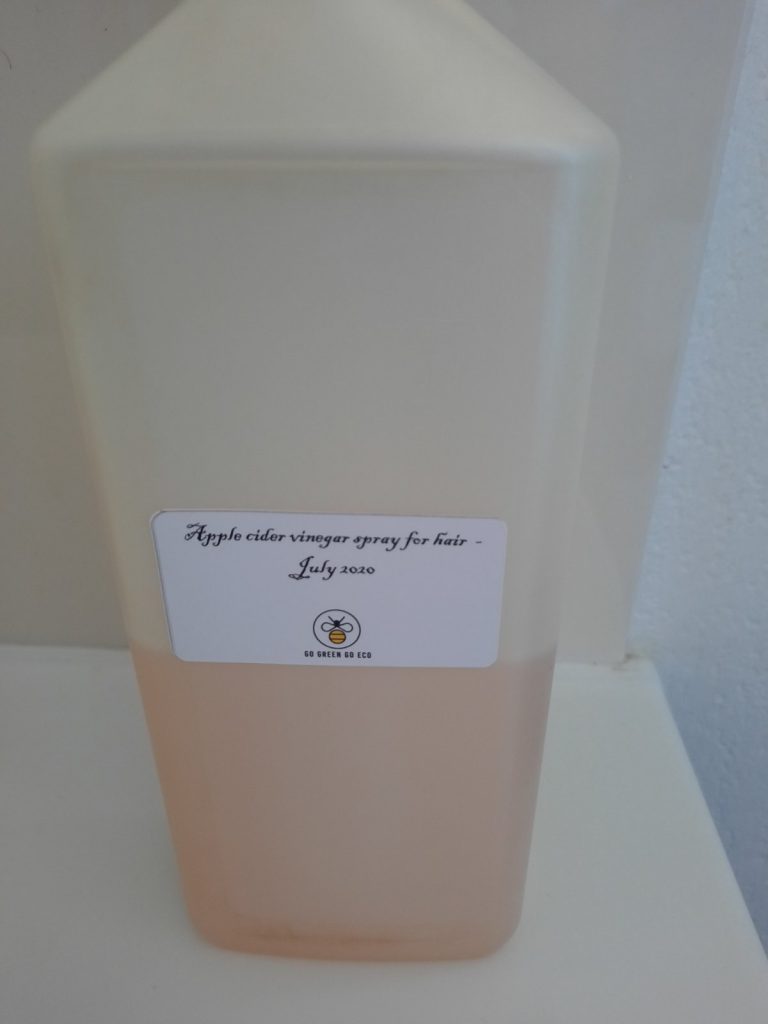
Some call it a shampoo bar, others refer to it as a solid shampoo bar. They seem to become more and more popular, driven by demand from young generations and conscious consumers looking for vegan and sustainable options. I have noticed them a long time ago, gave them a go and was disappointed as my hair felt greasy and unwashed.
But as with any beauty routine, finding a suitable shampoo bar adapted to individual hair and skin type takes time and require testing and patience. Having realised how long it took me to find my perfect standard shampoo (a liquid, bottle type you find in any supermarket), I decided to try again. And I thought that I’d share some of my research and learnings as it might help others.
In my case I decided to persevere as it feels like such an easy swap from plastic to low-waste option. But there are also so many health benefits that have never crossed my mind before.
From the 1950s to today, 8.3 billion metric tons of plastic have been produced, with around half of it made since 2004.
New York Times

What is a shampoo bar?
It actually isn’t a new and never-used-before item. Instead it is a come back product, regularly used until early mid 20th century before non-sustainable and fast-beauty options became popular. Bottle shampoo popularity comes down to a combination of factors:
- Strict hygiene codes imposed on the army troops, who on their return home brought back ingrained habits of washing.
- Easy production of plastic and moulding it into various forms.
- Advent of showers that didn’t require solid beauty products (necessary in river or bath washing to avoid sinking).
Shampoo bar came back around 20 years ago and my research seems to be showing that it’s often a standard shampoo formula with water removed to turn it into a solid block. Frequently it’s a mixture of naturally derived ingredients.
One of the blogs I read divides bar shampoos into three types:
- Glycerin-based – this is the one I bought lately and having tested it well I can confirm that it doesn’t produce much lather.
- Cold-processed – they tend to have high pH and contain lots of natural oils and might make your hair waxy.
- Solid surfactant – apparently best if you want lots of lather.
Why is a shampoo bar good for you?
- They seem to last longer. I cannot judge yet as I haven’t tested them long enough and I share them with the whole family, when before I used to have a separate shampoo bottle for me.
- No plastic packaging. Majority come in a nice paper wrapping so no guilt of plastic waste. And this aspect really appealed to me as reducing bottles in the bathroom seems such a hard work. Every time I get rid of one, a new one seems to be popping up for example a moisturiser for dry skin only sold in plastic.
- Easier travel with no liquid amount restriction. However, as I am still quite new to zero/low waste products, I am only slowly getting used to new way of packing and travel essentials I need. It’s a challenge in itself but I am getting there – keep an eye on a blog article about it soon.
- No chemicals. The shampoo bar I am currently using has 94% of natural ingredients such as: vegetable and coconut oil, glycerin, citronellol etc. Only during my research about solid shampoos I discovered how many chemicals bottle shampoos can have including: sulphates (can be responsible for brittleness and eczema), parabens (have estrogenic activity), fragrance (can cause allergic reactions), formaldehyde (can cause DNA damage and cancer).
Research has linked parabens to breast cancer, given that they have been found in some breast tumours, though the strength of these links remain unclear
Independent
5 steps to make a shampoo bar work for you
To make it work this time, I read many blogs and articles and here are the key steps recommended for a bar shampoo users.
1. Don’t expect it to work straight away
This was my number 1 lesson. The way my hair felt made me realise that it is not a simple packaging change. Solid shampoos make your hair feel differently and it’s normal. You will need time to find the one you like and you will need to change a few habits.
2. Lather properly
With liquid shampoo it’s very simple to spread it on your scalp and hair. It’s not surprising as apparently there is between 60 – 90% of water in an average bottle shampoo. When you use a bar shampoo, you need to either rub it against your hair or in your hands with a good amount of water.
3. Learn about transition period
I read somewhere that for some people swapping to a solid shampoo is effortless and some need to go through a transition period (also called purge period) – this is my case. Apparently ingredients used in bottle shampoos strip away the natural protective oils as a result scalp produces more oil to compensate. During transition scalp needs to adjust and hair might feel heavy and greasy.
4. Use apple vinegar spray
But there are ways to handle it. Many sources mention:
- Proper rinsing with a lot of water.
- Using baking soda rinse to remove greasy build up.
- Making an apple vinegar spray (mix 1/3 of apple vinegar with water) to use it in between washes to remove waxy feeling and avoiding washing hair too often.

Ingredients 
Apple vinegar spray
5. Try dry brushing
I haven’t tested it yet but many sources mention about using special brushes to distribute the nourishing natural oils produced by scalp.
More ideas
If you’re interested in more natural cosmetics options, why don’t you try my lemon lip balm? You can also enjoy the heavenly smell of honey foot rub?
Disclaimer
All the recipes included in this blog have been made and tested at home. Please note that I am not a cosmetics or food professional. Always consult your doctor in case of any allergies or reactions.
